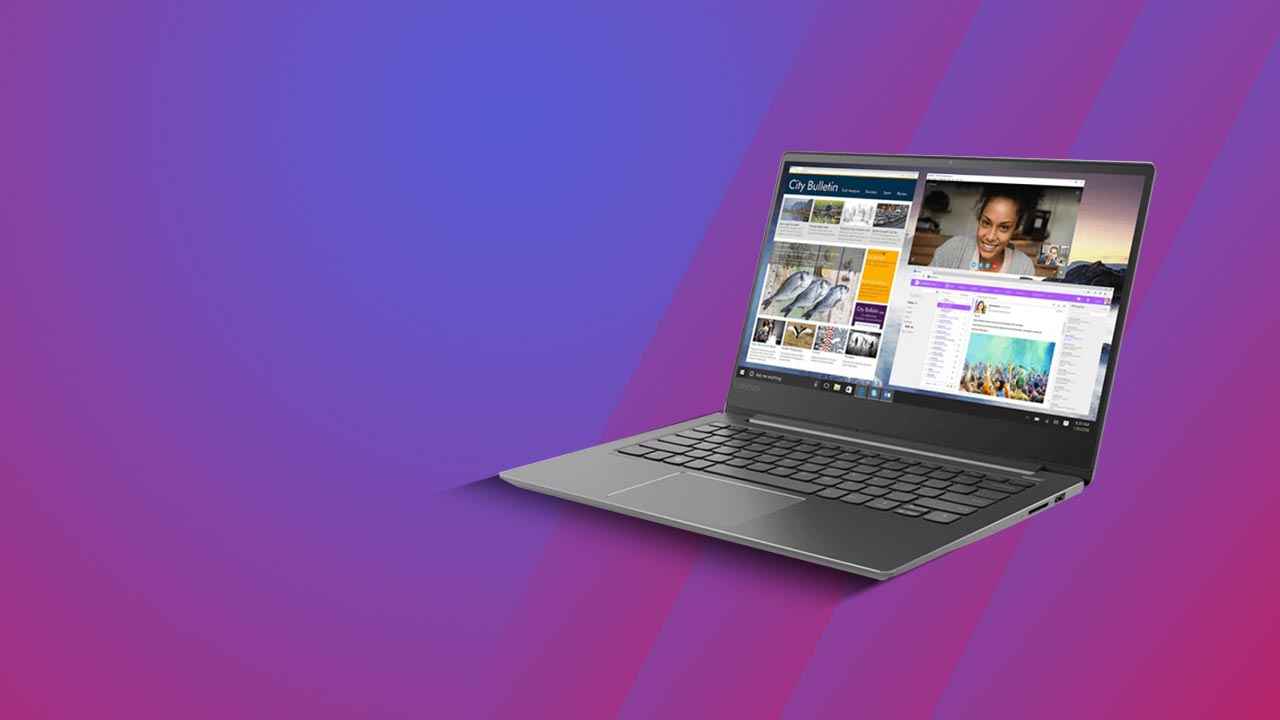Slim bezels are officially a thing and why you should care

We all know it. Terms such as “slim bezels”, “high screen-to-body ratio”, and “bezel-free” get thrown about a lot these days in the smartphone and tablet market alike. Bezels, which once allowed us to grip our smartphones and tablets without making accidental touches, are now persona non grata on laptops with and without a touchscreen as well. We believe this is one trend that's here to stay and for good reason.
 Survey
SurveyAesthetics
This is the most obvious reason. For many years now, we have been made to believe that a frameless design in a picture or screen places emphasis on the content being shown and removes any unnecessary distractions. This shift in thought started with PC monitors and televisions first and is now spreading fast to everyday devices. Budget smartphones today, which are as cheap as Rs 8,000, feature a narrow bezel design with a small notch for the selfie camera(s).
With monitors and televisions, the primary motive for narrowing the bezels was to improve stacking and grouping of multiple units. But undeniably, it has taken off as a trend with even mobile devices. On laptops, display bezels are as slim as 2.5 millimetres these days, which is arguably very slim. That said, we've observed that the average width of the bezels on the sides of the display is 5.5 millimetres. Any slimmer is a bonus.
If overall aesthetics is something you care about on your next laptop, we suggest getting a model that has bezels no wider than 6 millimetres. Tight-fitting, narrow bezels do have the ability to emphasise content and make you feel as though you're using a modern, upmarket device. What's more, it's sure to make your friends in college blow a quiet whistle of surprise.
Form Factor
Apart from their ability to make a device look crisp and clean, bezels have a functional role to play especially on laptops. For a while now, the dimensions and weight of laptops have remained more or less standard and easily recognisable. In other words, many of us can tell from afar if a laptop is a compact 13-inch Thin and Light model or a 15.6-inch mainstream model. Laptop backpacks are generally tailored to fit the sizes found most commonly in the industry, such as netbooks, 15.6 inches, and 17.3 inches.
That definition is quickly changing. Many laptop manufacturers now claim to have thrown in a 14-inch display in a 13-inch laptop's chassis. It's the same case with some 15.6-inch models as well. Laptop makers achieve this by maximising the screen size and reducing the size of the bezels around it. We've observed that a 13-inch Thin and Light laptop is in some cases smaller than an A4 sheet of paper.
What this means for you is that you end up carrying more screen space and less bulk. Your backpack now has space for more notebooks and stationery because the laptop has shrunk in size. Because the screen area has less plastic, the base panel has less plastic too. This makes for a tighter fit of all the components inside, which usually results in a decrease in overall weight too. That's something your bulging college backpack can benefit from too.
Vignesh Giridharan
Progressively identifies more with the term ‘legacy device’ as time marches on. View Full Profile